Features > Property News & Insights > Market updates
Property prices roar into Spring as new housing pipeline stalls
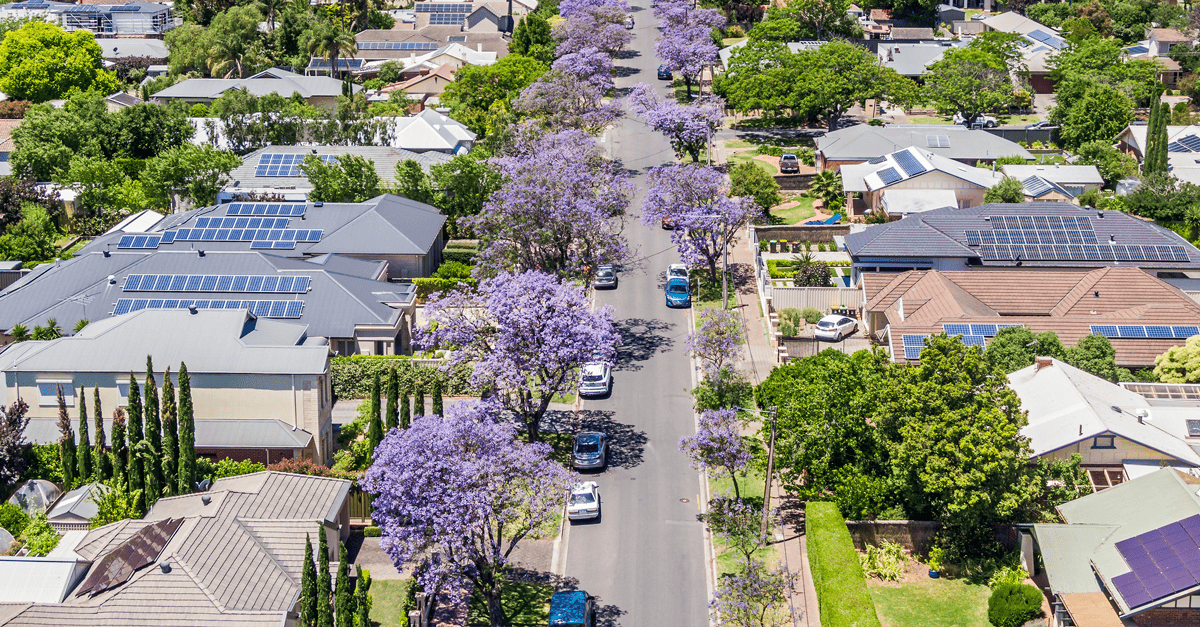
KEY POINTS
- Ray White says home prices surged 1.3% in August 2025, the strongest monthly gain in over a year, with the average house now at $961,000 and units at $710,000
- The national real estate chain says the rebound was a direct response to the Reserve Bank’s 0.25% August rate cut, which has reignited buyer confidence
- Meanwhile, ABS data reveals dwelling approvals fell 8.2% in July, led by a 22.3% plunge in apartment approvals, undermining the Federal Government’s housing targets
Australia’s residential housing market has roared back to life, posting its strongest monthly gains in more than a year, as buyers respond rapidly to the Reserve Bank’s August rate cut.
At the same time, new monthly dwellings data from the Australian Bureau of Statistics shows a large fall in the approval of new homes in July, led by a plunge in apartment approvals.
Home prices
New figures from national real estate chain Ray White show national home prices surged 1.3% in August 2025.
The Neoval data, which uses geometric mean pricing calculations rather than more traditional median value measures, saw a sharp turnaround in August from July’s flat performance.
It puts the average Australian house price at a new high of $961,000 and units at $710,000.
Annual growth now stands at 8.0% for houses and 6.3% for units.
Ray White Chief Economist Nerida Conisbee says the impact of cheaper borrowing costs has been immediate and broad-based.
“This is a very clear response to the 0.25 percentage point cut in August,” Ms Conisbee says.
“We are also seeing buyers position themselves ahead of further possible cuts later this year, which is adding fuel to the rebound in demand.”
Perth once again proved to be the standout performer, with house prices jumping 1.7% in August to $970,000, equating to 12.4% growth over the past year.
Perth units also shone, rising 1.7% in August and 14.5% year-on-year to reach $644,000.
Brisbane closely matched Perth’s pace, with house prices up 1.6% to $1.09 million, delivering an annual gain of 10.5%.
Ms Conisbee says the rebound from July’s sluggish 0.2% growth was particularly striking.
“Brisbane’s acceleration highlights how sentiment can shift almost overnight when mortgage rates fall,” she says.
Sydney also strengthened, with houses rising 1.5% to $1.68 million and units climbing 1.0% to $920,000.
Notably, Sydney apartments have now delivered two consecutive months of solid growth, bucking earlier market softness.
Melbourne remains the weakest of the major capitals on Neoval’s figures, but is showing early signs of recovery.
House prices rose 1.1% in August to $1.06 million, following July’s slight decline, while units gained 0.8% to $643,000.
Annual growth remains modest at 4.3% for houses and 3.1% for units, but Ms Conisbee says the turnaround is encouraging.
“Melbourne has faced structural challenges — from higher property taxes to the nation’s highest unemployment rate — but the response to the rate cut suggests underlying demand is still there,” the Ray White Chief Economist says.
“Further easing could provide the catalyst for a stronger recovery.”
Ray White says apartments continue to outperform, with national unit prices up 1.0% in August.
A chronic undersupply of well-located capital city apartments, combined with affordability pressures, has kept demand strong.
“Units are increasingly the only option for many first-home buyers and investors,” Ms Conisbee says.
“The resilience we’re seeing in this segment reflects both structural undersupply and shifting buyer preferences.”
Dwelling approvals
Ray White’s latest data comes as the ABS releases its latest dwelling approvals figures for July.
The total number of dwellings approved fell 8.2% to 15,769 in July 2025 in seasonally adjusted terms, driven by a 22.3% fall in apartments - the category the ABS calls “private sector dwellings excluding houses”.
It comes after a sharp 33.5% jump in apartment approvals the previous month.
The less volatile figure of “private sector houses” - freestanding houses - actually rose 1.1%.
However, the continual see-sawing in apartment approvals does not bode well for the Federal government’s National Housing Accord target of constructing 1.2 million well-located homes by mid-2029.
That requires home approvals to well over 20,000 per month, especially for higher-density homes like apartments and townhouses.
Those constraints on new housing supply at a time of high population growth are also likely to keep more upward price pressure on existing homes.
The outlook
Looking ahead, Ray White’s Chief Economist Nerida Conisbee says the surge in home prices could encourage more listings as the market heads into the crucial Spring selling season.
“We’re starting to see more vendors test the market as confidence returns,” she says, “but demand is still running ahead of supply, and if another rate cut comes before year’s end, that imbalance could push prices even higher.”
With buyer sentiment buoyed, wage growth improving, borrowing costs easing and the ABS figures emphasising a lack of adequate new housing supply, Ms Conisbee expects strong price momentum through the remainder of 2025.
“The August cut has effectively ended the brief pause in price growth,” she says.
“We’re heading into Spring with renewed urgency from buyers, and conditions are in place for another strong run.”
Stay Up to Date
with the Latest Australian Property News, Insights & Education.




.png?width=292&height=292&name=Copy%20Link%20(1).png)
 SIGN UP FOR FREE NEWSLETTER
SIGN UP FOR FREE NEWSLETTER
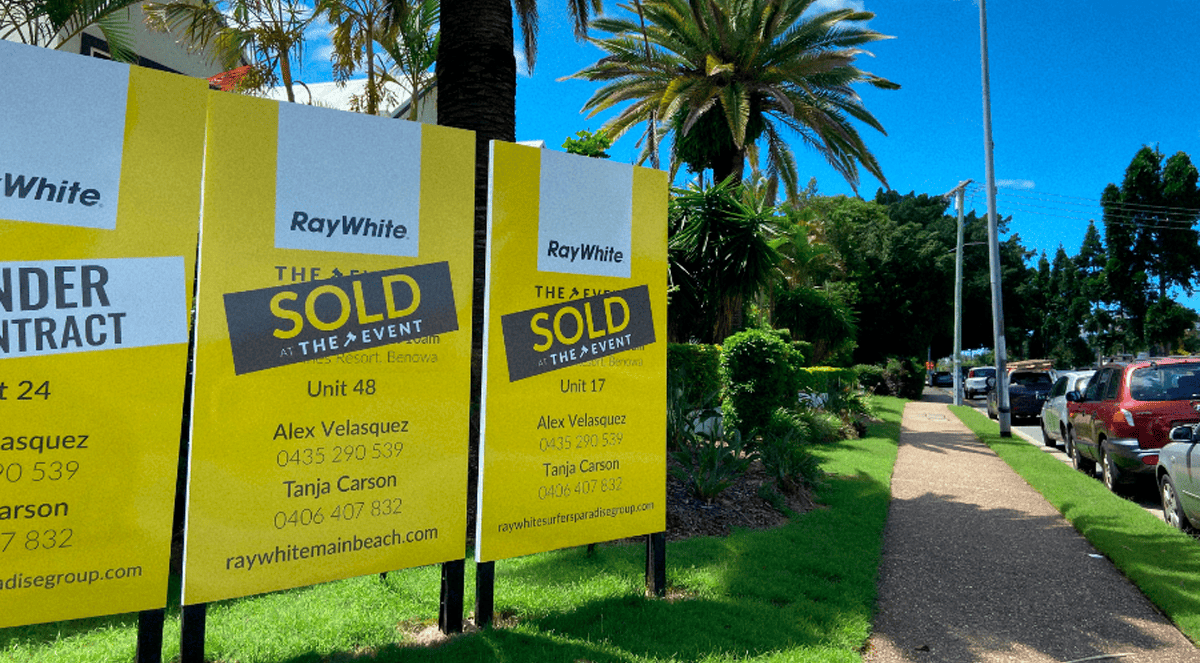
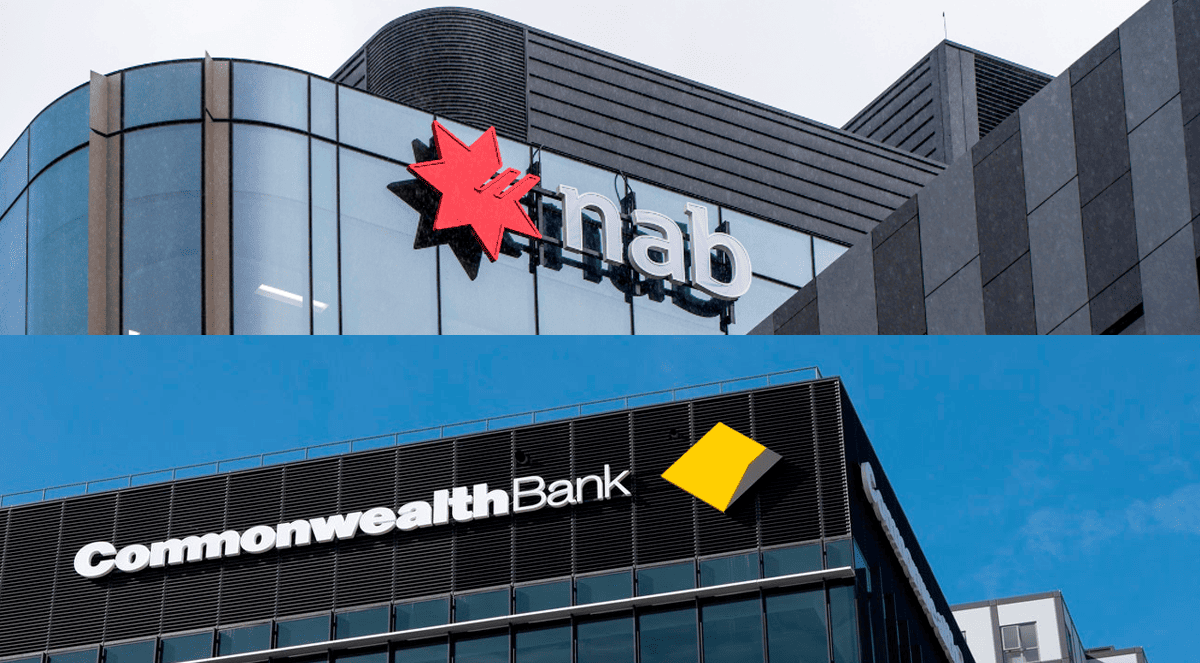
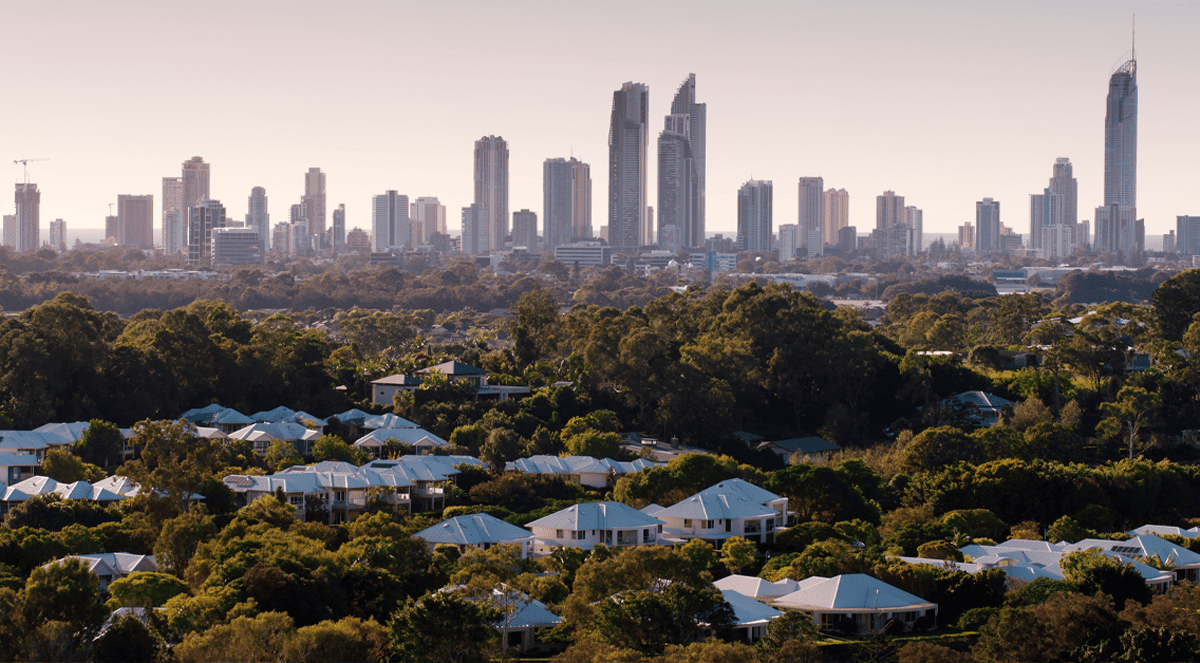
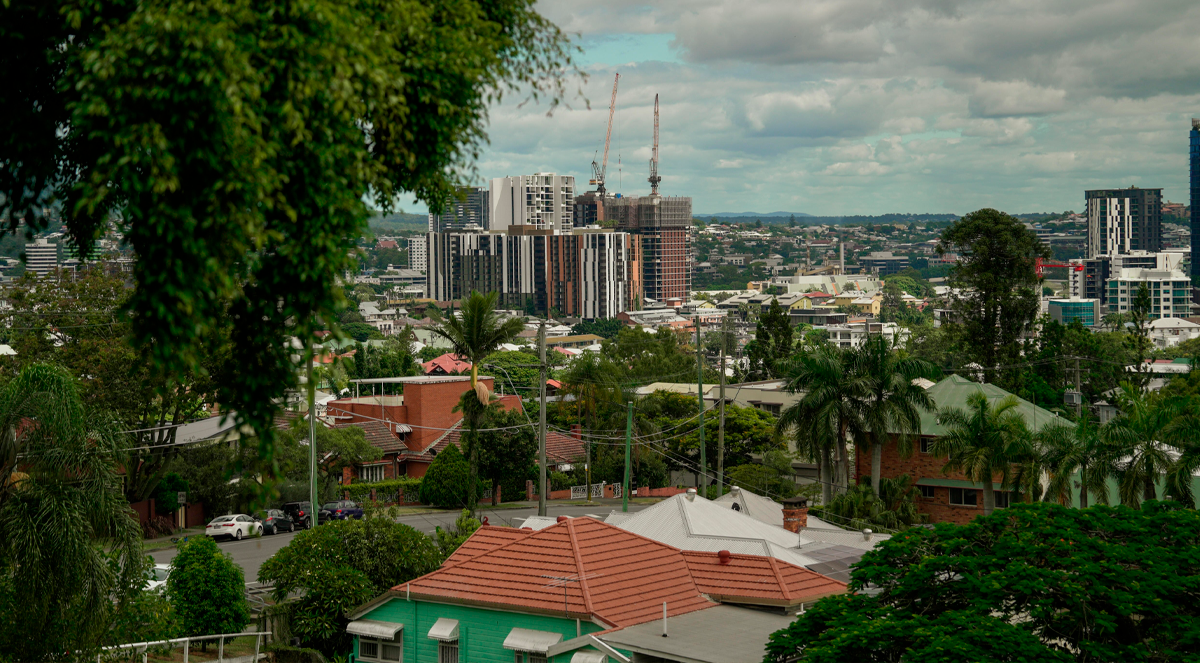
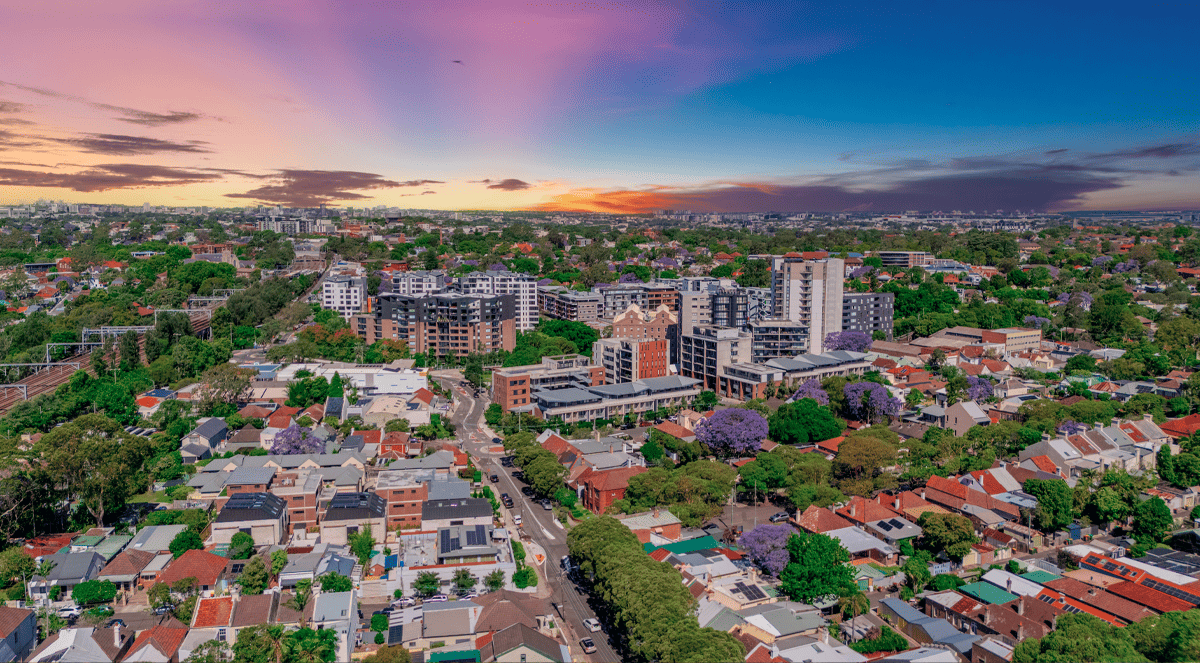
.jpg?width=1920&height=1080&name=Warning%2c%20You%20Might%20Be%20Facing%20Higher%20Taxes%20Soon%20(1).jpg)





.png?width=1920&height=1080&name=Rate%20Drops%20Signal%20BIGGEST%20Property%20Boom%20in%20DECADES%20(1).png)

.jpg?width=1920&height=1080&name=Labor%20vs%20Liberal%20These%20Housing%20Policies%20Could%20Change%20the%20Property%20Market%20Forever%20(1).jpg)
.jpg?width=1920&height=1080&name=QLD%20Slashes%20Stamp%20Duty%20Big%20News%20for%20Investors%20%26%20Home%20Buyers%20(1).jpg)
.jpg?width=1920&height=1080&name=Trump%20Just%20Slapped%20Tariffs%20%E2%80%93%20Here%E2%80%99s%20What%20It%20Means%20for%20Australia%20(1).jpg)
.jpg?width=1920&height=1080&name=Federal%20Budget%202025%20More%20Debt%2c%20No%20Housing%20%E2%80%93%20Here%E2%80%99s%20What%20You%20Need%20to%20Know%20(1).jpg)
.jpg?width=1920&height=1080&name=Australias%20Housing%20Crisis%20is%20about%20to%20get%20MUCH%20Worse%20(New%20Data%20Warns).jpg)
%20(1).jpg?width=1920&height=1080&name=Australias%20RENTAL%20CRISIS%20Hits%20ROCK%20BOTTOM!%20(2025%20Update)%20(1).jpg)
%20(1).png?width=1920&height=1080&name=Is%20Adelaide%20Still%20a%20Good%20Property%20Investment%20(2025%20UPDATE)%20(1).png)
.jpg?width=1920&height=1080&name=RBA%20Shocks%20with%20Rate%20Cuts!%20What%E2%80%99s%20Next%20for%20Property%20Investors%20(1).jpg)
%20(1).jpg?width=1920&height=1080&name=I%20Predict%20The%20Feb%20Rate%20Cut%20(My%20Price%20Growth%20Prediction)%20(1).jpg)
.png?width=1920&height=1080&name=Why%20Property%20Prices%20Will%20Rise%20in%202025%20Market%20Predictions%20(1).png)
.jpg?width=1920&height=1080&name=Why%20Investors%20Are%20Choosing%20Apartments%20Over%20Houses%202%20(1).jpg)
.jpg?width=1920&height=1080&name=Why%20Rate%20Cuts%20Will%20Trigger%20A%20Property%20Boom%20(1).jpg)
.jpg?width=1920&height=1080&name=Retire%20On%202Million%20With%20One%20Property%20(Using%20SMSF).jpg)
.jpg?width=1920&height=1080&name=4%20Reasons%20Why%20You%20Should%20Invest%20in%20Melbourne%20Now%20(1).jpg)
%20(1).jpg?width=1920&height=1080&name=Old%20Property%20vs%20New%20Property%20(Facts%20and%20Figures%20Revealed)%20(1).jpg)
%20(1).jpg?width=1920&height=1080&name=Will%20The%20New%20QLD%20Govt%20Create%20a%20Property%20Boom%20or%20Bust%20(My%20Prediction)%20(1).jpg)
%20Scott%20Kuru%20(1).jpg?width=1920&height=1080&name=Inflation%20Hits%20Three-Year%20Low%20(Will%20RBA%20Cut%20Rates%20Soon)%20Scott%20Kuru%20(1).jpg)
.jpg?width=1920&height=1080&name=How%20to%20Buy%20Investment%20Property%20Through%20SMSF_%20The%20Ultimate%20Guide%20(1).jpg)
.jpg?width=1920&height=1080&name=Victoria%20Slashes%20Stamp%20Duty%20Melbourne%20Set%20to%20Boom%20Scott%20Kuru%20(1).jpg)
.png?width=1571&height=861&name=Are%20Foreign%20Buyers%20Really%20Driving%20Up%20Australian%20Property%20Prices%20(1).png)
.jpg?width=1920&height=1080&name=The%20Single%20Factor%20That%20Predicts%20Property%20Growth%20Regions%20(1).jpg)
%20Scott%20Kuru%20(1).jpg?width=1920&height=1080&name=My%20Prediction%20On%20Rates%20%26%20Negative%20Gearing%20(Market%20Crash)%20Scott%20Kuru%20(1).jpg)

-1.png?width=1920&height=1080&name=Major%20Banks%20Cut%20Rates%20Will%20RBA%20Follow%20Suit%20(Sept%20Rate%20Update)-1.png)
%20Scott%20Kuru-1.png?width=1920&height=1080&name=Rate%20Cut%20Coming%20What%20New%20Zealands%20Move%20Means%20for%20Australia%20(Sept%20Prediction)%20Scott%20Kuru-1.png)
%20(1).jpg?width=1920&height=1080&name=Buy%20when%20the%20interest%20rates%20are%20high!%20(Why%20you%20must%20buy%20now!)%20(1).jpg)
.jpg?width=1920&height=1080&name=Carms_Revised%20Taxes%20Due%20Aug%209%20YT%20Thumbnail02%20(1).jpg)
.jpg?width=1920&height=1080&name=Carms_Too%20Little%20Too%20Late%20Aug%207%20YT%20Thumbnail01%20(1).jpg)









.jpg?width=1920&height=1080&name=Carms_Rate%20Drop%20In%20July%20Jun%2010%20YT%20Thumbnail02%20(1).jpg)
.jpg?width=1920&height=1080&name=Carms_Own%20a%20Property%20V6%20Jun%205_YT%20Thumbnail%20(1).jpg)









.png?width=1920&height=1080&name=Artboard%201%20(3).png)






.jpg?width=1920&height=1080&name=YT%20thumbnail%20%20(1).jpg)

